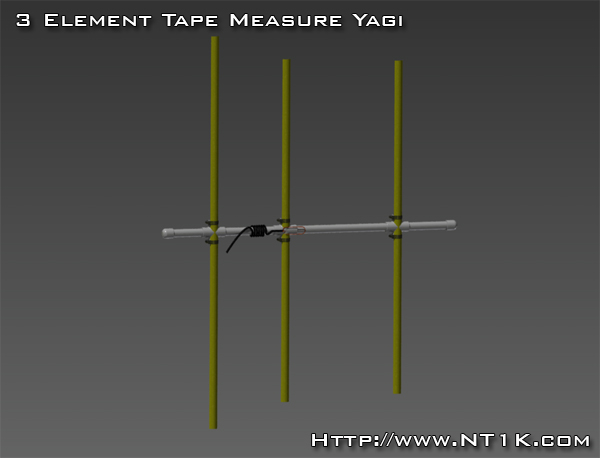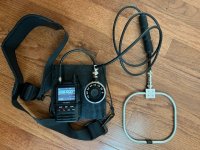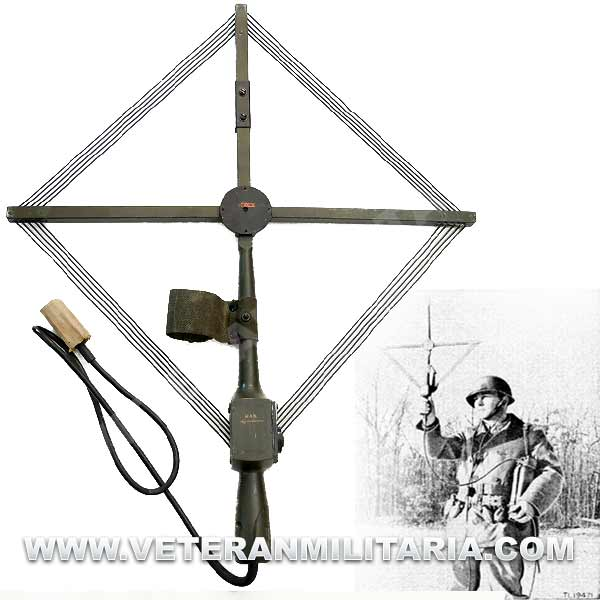PickyBiker
Member
- Joined
- Nov 4, 2022
- Messages
- 8
I just went to a 2-meter walking fox hunt with a local HAM Radio Club. Most hunters used a 1/2 wave 3 element Yagi for hunting. A few were home brew, and some purchased. On a walking hunt, we didn't really need the gain a Yagi provides, in fact we needed to attenuate the signal as we neared the target. The important thing in a fox hunt like this is antenna directivity, rather than gain.
I wonder if it is possible to build a smaller yagi (1/4 wave) that wouldn't have much gain but would still be directional in the 2-meter band. That would seem to be usable in walking hunts and in a driving hunt when you get closer to the target.
If not a smaller Yagi, is there another small directional antenna design that can be used? I know about TDOA and Doppler antennas, but what I would like to find is a simple small handheld directional antenna.
I wonder if it is possible to build a smaller yagi (1/4 wave) that wouldn't have much gain but would still be directional in the 2-meter band. That would seem to be usable in walking hunts and in a driving hunt when you get closer to the target.
If not a smaller Yagi, is there another small directional antenna design that can be used? I know about TDOA and Doppler antennas, but what I would like to find is a simple small handheld directional antenna.







